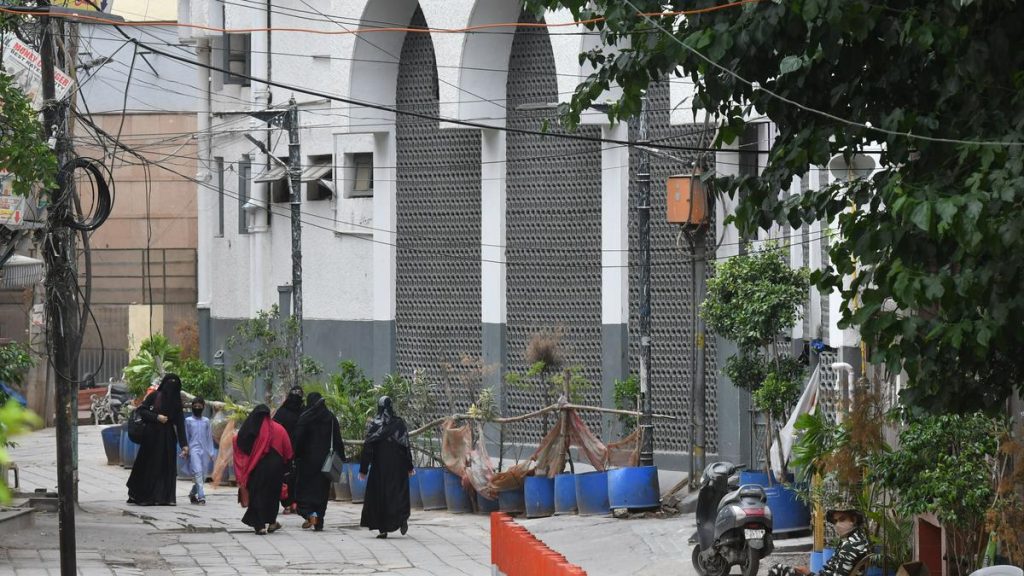Now Reading: Student Loan Repayments Resume, Borrowers Brace for Challenges
-
01
Student Loan Repayments Resume, Borrowers Brace for Challenges
Student Loan Repayments Resume, Borrowers Brace for Challenges

Quick Summary:
- After a five-year pause on student loan collection during the pandemic, repayments for delinquent loans in the U.S. have resumed, with potential deductions from wages, tax refunds, and Social Security benefits.
- Nearly 43 million Americans owe $1.7 trillion in federal student debt; about 5% of this debt is currently in default.
- Approximately 1 in 5 borrowers are now at least 90 days delinquent-double the rate before the pandemic-with over five million borrowers skipping payments for at least a year.
- The Biden management introduced programs like SAVE to reduce payments and provide forgiveness before manny were paused due to court challenges. Staff cutbacks within the Department of Education further complicate repayment processes.
- Borrowers report confusion navigating constantly shifting policies; some even distrust government systems or face ballooning interest rates while waiting for program eligibility results.
- Congress may soon eliminate SAVE and introduce changes through President Trump’s “Big Beautiful Bill,” tightening borrowing caps and altering forgiveness options.
Images:
!600″>Kris Heitkamp
Indian Opinion Analysis:
India shares parallels with this scenario as it increasingly relies on educational loans to support students amid rising tuition costs domestically and globally. Though, the complexities faced by U.S. borrowers underscore essential lessons on openness and policy stability India must heed as its higher education financing evolves.
Inadequate clarity around loan repayment terms can erode trust among borrowers-a situation India should avoid by creating clear frameworks that are accessible to all stakeholders. Additionally,India’s policymakers could derive insights from America’s income-driven schemes or forgiveness pathways but must ensure safeguards against administrative inefficiencies that leave participants unsure about their future financial obligations.
For emerging economies like India, student loan accessibility remains critical for fostering educational equity while supporting employment outcomes without creating unmanageable burdens due to systemic flaws evident abroad.
























